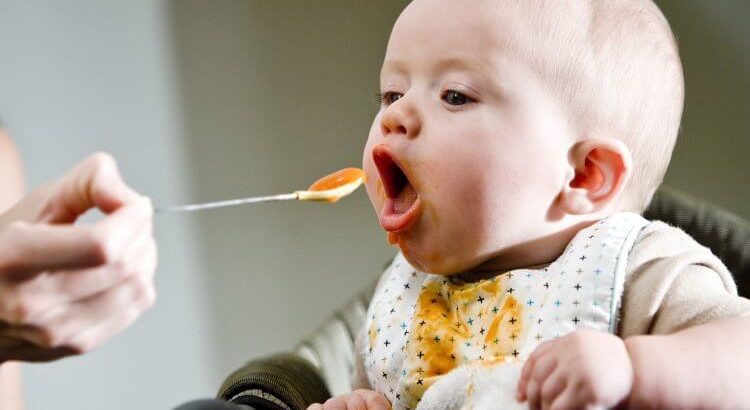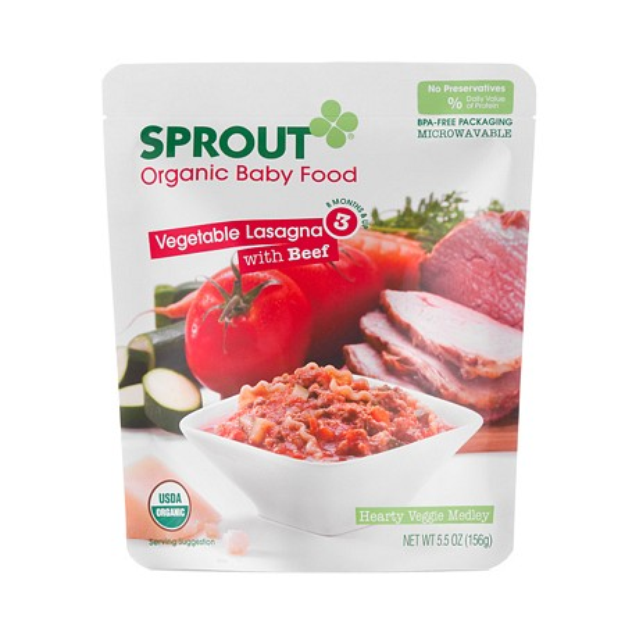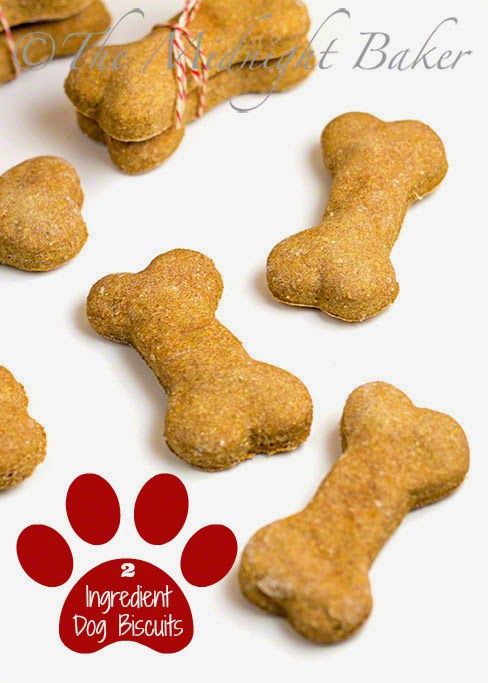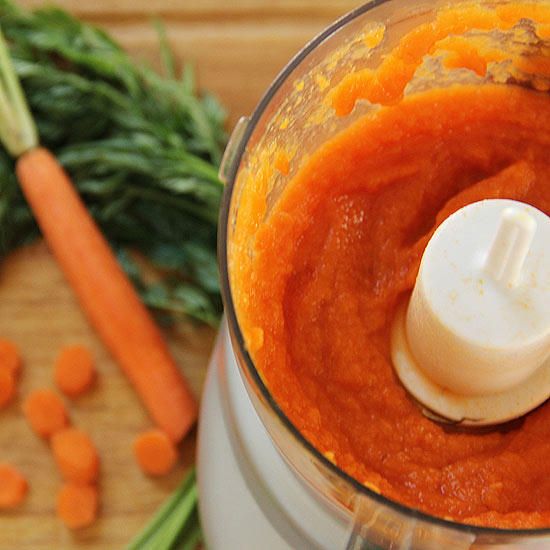Baby parakeet food
What Can I Feed My Baby Parakeet? 5 Homemade Baby Budgie Food Recipes – My Pet Parakeet
Your baby is growing up! They're no longer a tiny newborn parakeet but are now an adolescent parakeet that needs to be fed.
Feeding your little feathered friend can be a daunting task, and there are many things you need to know about what they should eat.
In this blog post, we will discuss 5 homemade baby parakeet food recipes with step-by-step instructions. These recipes provide healthy nutrition without any dangerous chemicals or artificial flavors in them.
You'll also find out what types of foods baby parakeets can't eat and how much each recipe feeds!
You can feed any of these recipes to your newborn parakeets from day one to weaning if, for whatever reason, the mother parakeet is unable to feed and nurture them.
Table Of Contents
- 5 Homemade Baby Parakeet Food Recipes
- How To Prepare The Formula (Step-by-Step Guide)
- How To Feed The Formula To Your Baby Parakeet
- How To Preserve The Formula
- FAQ
- Don't Forget Your Pet Parakeet Must-Haves!
What Kind Of Nest Do Parakeets Need. ..
Please enable JavaScript
What Kind Of Nest Do Parakeets Need? Choosing The Right One
5 Homemade Baby Parakeet Food RecipesThe following recipes are hand-feeding formulas that can be fed to your baby parakeet from the time it is hatched from the egg until it is time to wean and eat a regular diet of seeds and pellets.
- Check this post out to learn more about caring for baby budgies when their mother cannot!
These homemade formulas will help your baby parakeet to grow quicker and wean sooner, in addition to developing a brighter, fuller plumage.
We tend to gauge the measurements by eye when it comes to the dry ingredients such as ground oats and ground wheat, as you will find yourself adjusting the recipe based on what you have in your pantry and what your bird prefers.
Trending
Parakeet Owners Guide: How To Take Care Of A Parakeet
As long as you include good, whole sources of protein and fats and stay away from foods your bird shouldn't eat, your parakeet will be happy!
Baby parakeets require a high-protein diet and their stomachs are relatively small which requires them to eat small amounts of food at each meal.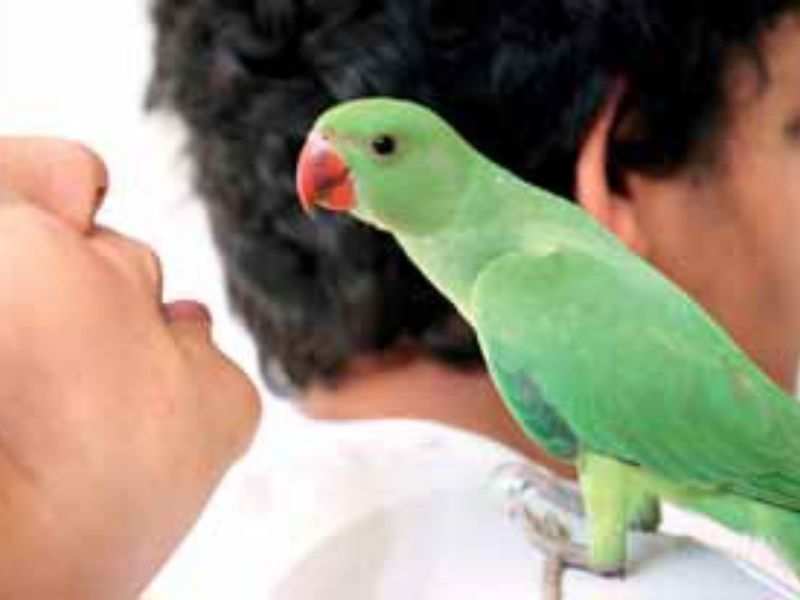
Cornmeal is a good source of protein, calcium, and Vitamins B & E. Ground oats provide fiber as well as minerals iron, copper, and zinc.
Boiled eggs have a lot more nutrients than raw eggs, which are difficult to digest when eaten by baby birds who do not produce the proper enzymes needed to break down such food items quickly.
2) Ground Oats, Chia Seeds, Ground Corn, Dried Beetroot pulp
In this recipe, the ground oats provide a source of protein, calcium, and Vitamins B & E.
Chia seeds provide fiber as well as minerals iron, copper, and zinc.
Ground corn is rich in antioxidants and dietary fibers, while beetroot provides Vitamin A, which leads to a vibrant bright color of your baby parakeet's plumage by providing beta-carotene.
3) Ground Wheat, Egg Protein Powder, Ground Flaxseed, Dried Pumpkin
In this recipe, the pumpkin provides a source of Vitamins A, C, and E.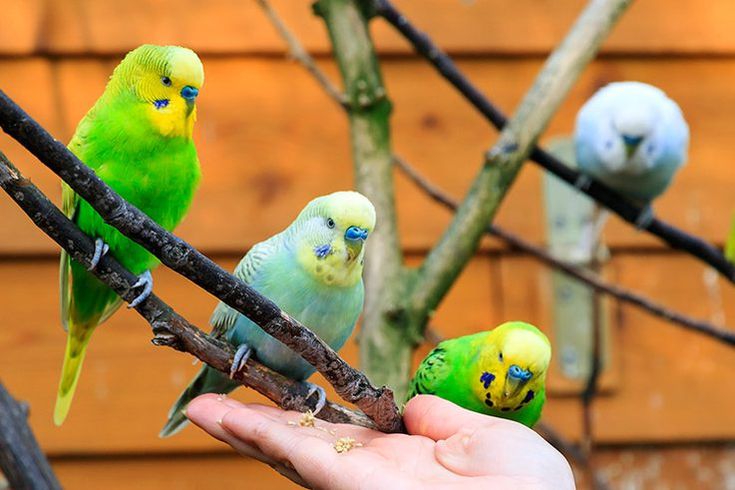
Flaxseed is rich in Omega- fatty acids while wheat provides a good amount of protein and fiber.
Egg Protein Powder contains all the essential vitamins and minerals for baby parakeets that are not able to be found from other ingredients listed in this recipe, as well as beta-carotene.
4) Ground Brown Rice (or Arrowroot Powder) , Dried Peas, Dried/Ground Sunflower Seeds
This recipe contains rice which is naturally enriched with Vitamin B.
The peas provide a source of protein and fiber, while the whole wheat flour provides Vitamins A and E as well as zinc for your baby parakeet's feather coloration.
Some birds do not like rice, so if you find that this is the case, for any recipe with ground brown rice listed, try replacing it with arrowroot powder).
5) Ground Oats, Ground Brown Rice (or Arrowroot Powder), Soy Protein, Flaxseed
This recipe contains oats that are naturally rich in Vitamin E. The brown rice provides a source of Vitamins A and B as well as zinc, while the soy protein is enriched with all eight essential amino acids.
The flaxseeds contain omega-fatty acids, magnesium, manganese, phosphorus, and phytoestrogens.
How To Prepare The Formula (Step-by-Step Guide)We recommend that you only use one of these at a time and see how your baby parakeet likes them.
- Combine all ingredients in a bowl.
- Place them in a high-speed blender for 30-60 seconds until you have a smooth (not thick and sticky) consistency.
- Add all ingredients to a saucepan and bring to a boil with constant stirring for three minutes.
- Add more water if/when needed to maintain a thick liquid consistency.
- Remove from heat and let cool until the mixture is lukewarm but not cold.
- Feed your baby bird!
We also recommend adding some bird vitamin drops to your homemade formula for a vitamin boost. This should be added to the individual feed and not the entire batch, so you can manage how much you are giving your parakeet at any given feed.
If you have quite a busy schedule, it can be quite time-consuming to make your own baby bird feed.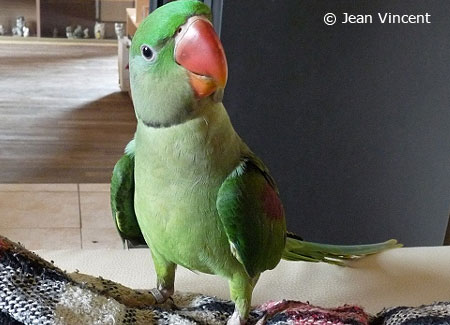 No worries, we've got you covered. This high-fat, nutrient-dense hand-feed formula will do just as well.
No worries, we've got you covered. This high-fat, nutrient-dense hand-feed formula will do just as well.
Trending
Best Parakeet Jungle Gyms (Top 6)
Sale
Kaytee Exact Hand Feeding High Fat Formula Pet Bird Baby Food For Parrots, Parakeets, Lovebirds,...
- Balanced high-nutrient formula helps babies grow faster, wean earlier and develop stronger, brighter plumage.
- Contains probiotics to encourage a healthy population of intestinal microorganisms.
- Digestive enzymes are included to ensure adequate digestion of carbohydrates and proteins. These enzymes offer a particular value to a newly...
- Exact Hand Feeding Formula has compatible tastes and ingredients with exact Conversion and exact Adult Daily Diets to help reduce digestive...
- This product is formulated for use with: Baby Parrots (includingParakeets, Lovebirds, Cockatiels, Conures, Cockatoos, Macaws,Amazons, African.
 ..
..
You will need baby bird feeding syringes to feed formula to your baby bird. This is the “least messy” way to feed them. The tip of these syringes curves to allow easy feeding into your bird's beak.
You can also use a baby spoon, but it will be more difficult to get the food into their tiny beaks.
How To Preserve The FormulaIf you have used any wet ingredients, you will need to freeze the formula. We recommend freezing it in an icecube tray so you can separate and defrost smaller portions.
If you wish to preserve the formula as a powder instead, replace the wet ingredients with a dried variety (or dry them yourself).
Combine the ingredients and place them in a blender for 30-60 seconds (or until they become a fine powder.)
Store them in an airtight container until needed.
Once you have the blended powder formula in a container, you simply take out a few teaspoons at feeding time and blend with boiled water. Let it cool, or add cool boiled water before feeding your baby bird.
Let it cool, or add cool boiled water before feeding your baby bird.
FAQCan Baby Parakeets Eat Baby Food?
No. Baby parakeets, regardless of age, require a high-protein diet. Baby parakeets are relatively small, and their smaller stomach requires that they eat small amounts of food at each meal.
Seeds and pellets should make up the bulk of a baby parakeet's diet, supplemented with fresh fruits and vegetables every day (in appropriate portions).
The problems seen in captivity documented by avian veterinarians include stunted growth of the body organs internally as well as halted growth on the outside. When these birds are fed foods that are not natural to them, they may not grow properly and exhibit behavioral disorders.
Do Baby Parakeets Need To Be Hand-Fed?
Newborn parakeets who do not have their mother to feed them do need to be hand-fed their formula.
This is just to ensure that they are getting the nutrients and energy that their bodies need to grow. It can be quite difficult for a tiny, developing bird to get the formula into its mouth and consume enough of it to grow.
It can be quite difficult for a tiny, developing bird to get the formula into its mouth and consume enough of it to grow.
Trending
Best Parakeet Cage Set Up: Setting Up Your Parakeets New Home
Feeding it formula through a syringe directly into its beak is the best way until they begin to wean, and you can put a thicker formula mixed with small pellets on a surface or in a dish.
Don't Forget Your Pet Parakeet Must-Haves!
AA Plus Shop Spray Millet Treat Feed for Birds...
Absolutely Clean Amazing Bird Cage Cleaner and...
Sale
Miracle Care Kwik Stop Styptic Powder, 0.5 Oz
LAFEBER'S Gourmet Nutri-Berries Pet Bird Food...
Marcus G
“I love exotic birds and have kept several throughout my life. Most people know me for my knowledge of animals and love for writing”
Last update on 2022-04-19 / Affiliate links / Images from Amazon Product Advertising API
Feeding Baby Parakeets | Parakeet Chicks | Parakeets | Guide
Rearing chicks by hand is very time-consuming, and should not be done without full appreciation of what’s involved. Always make sure to seek expert advice for any aspect of chick-feeding, and take time to watch some instructional videos. This will boost your confidence and minimise the chance of you messing something up.
Always make sure to seek expert advice for any aspect of chick-feeding, and take time to watch some instructional videos. This will boost your confidence and minimise the chance of you messing something up.
Even if you have a healthy pair of birds doing all the hard work for you, you should still know what to do if things don't quite go to plan. Mishaps could be anything from a sick male bird (meaning that he won’t be able to feed the hen) to an abandoned nest. Baby parakeets are very delicate creatures, and if the mishap occurs early in the rearing process -- within the first two weeks -- your chances of successfully weaning the birds are slim. Rearing a freshly-hatched bird is something none but the most experienced breeder should attempt.
A six-week-old parakeet
Feeding Parakeet Chicks
There are several parakeet chick feeds and additives that can be purchased online or in larger pet-stores.These should offer the correct mix of nutrients, vitamins and minerals needed to raise the chicks.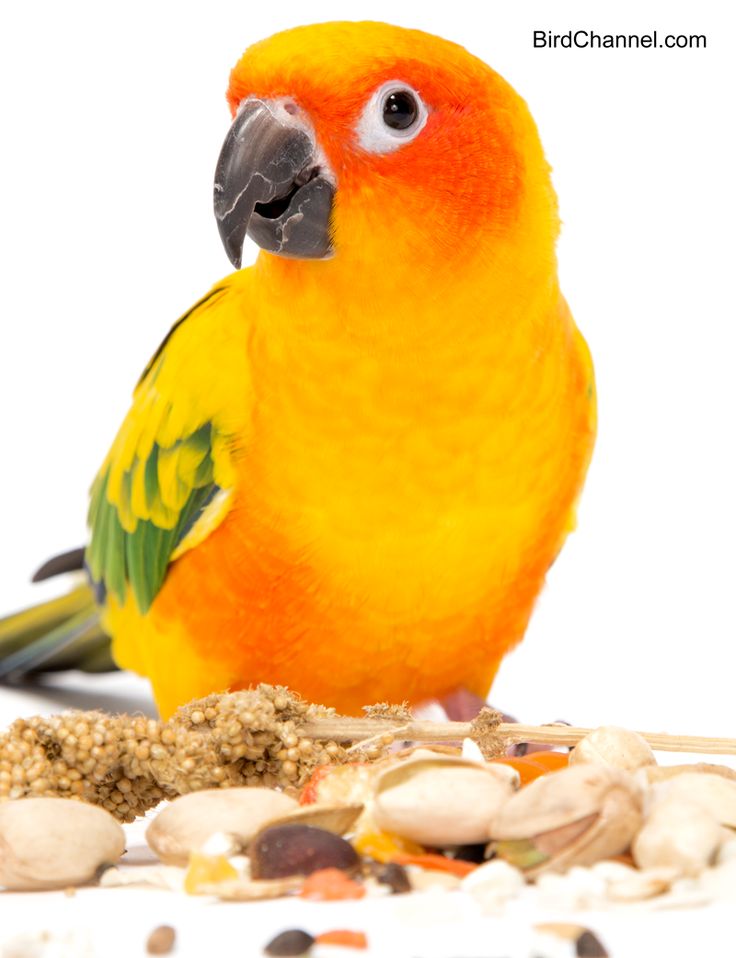 Always make sure to consult with an expert before opting for any particular brand. Don’t be tempted to make a choice based on price, as cheap mixes are often not good enough for such fragile, young creatures.
Always make sure to consult with an expert before opting for any particular brand. Don’t be tempted to make a choice based on price, as cheap mixes are often not good enough for such fragile, young creatures.
Chick food should be mixed according to the instructions on the packet. It will usually have a gloopy consistency, and, like Baby Bear’s porridge, should be neither too hot nor too cold. If the feed is too hot, it can scald the bird’s crop and throat: if too cold, it may lodge itself in the chick’s crop and lead to a fatal condition known as “sour crop”. Again, just make sure you read the instructions.
The food each chick receives should be carefully measured, and should be served at a temperature similar to that of the regurgitated seed of an adult bird (the chick's natural food source). You can use a thermometer to measure the temperature precisely. Never be tempted to heat up the food quickly in the microwave, as this can lead to hot spots in the food. An ideal temperature for this food is between 105-110F.
How to Feed Parakeet Chicks
The food can be offered on a plastic spoon with bent edges (dip the end of a standard plastic teaspoon in boiling water and then bend the edges inward -- this funnels the food into a relatively narrow gap), or alternatively you can feed them via a wide-nozzle syringe. Many breeder rig up their own spoon-syringe hybrid
The syringe is good as it allows you to measure the quantity of food you are administering` There are however choking hazards to beware of though, so a spoon is advisable once the chick is old enough to feed this way (at around 10 days old). The spoon allows the chick to swallow the food at it’s own pace, but does not recreate the “regurgitated seed” flow as well as the syringe.
Experts may sometimes opt for a “crop-needle”, this is a tube attached to the end of a syringe and inserted directly into the chick's crop. This takes a lot of care, however, and should not be attempted if you don’t know exactly what you’re doing.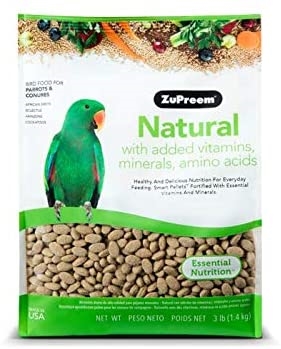
No matter what feeding method you opt for, make sure all equipment is suitably sterilized before giving it to the chick, and any unused food should be discarded. Always make the food fresh and refrain from preparing it ahead of time.
Keeping a young chick warm whilst feeding them is also important. They should be placed onto a cosy towel or similar soft object for feeding. The aim here is to impersonate a soft, warm hen.
Gently tap on the bird’s beak with your spoon or syringe, just like it’s mother would. The bird will obligingly gape (open it’s beak to receive the food). Deliver the mixture sideways on, coming in at a 90 degree angle to the front of the beak (i.e. don’t feed from the front, as this could force the upper part of the beak too far upwards, and it’s not the way parent birds approach the job).
Don’t syringe or pour in all the food at once. The chick needs time to swallow, and can easily choke on too much too soon. It will let you know when it’s had enough, by simply closing its beak and refusing to reopen. If the bird hasn’t eaten its usual amount, don’t force-feed it. If the lack of appetite persists for the next few feeds, seek medical advice. A blocked crop can sometimes be remedied with a small squirt of warm water and some gentle crop-massage – but you really need to know what you’re doing. Always have the vet or breeder’s phone details at hand.
If the bird hasn’t eaten its usual amount, don’t force-feed it. If the lack of appetite persists for the next few feeds, seek medical advice. A blocked crop can sometimes be remedied with a small squirt of warm water and some gentle crop-massage – but you really need to know what you’re doing. Always have the vet or breeder’s phone details at hand.
The food will have cleared from a healthy chick’s crop within 2-4 hours depending on it;s age, and it will need feeding every 3-4 hours. As stated above, if your chick isn’t hungry, it won’t gape. Feeding is a full time job, at least six times a day, and you can only retire at sunset. No one said this is going to be easy!
baby parakeets grow alarmingly quickly, and their food intake needs to grow with them. At two weeks old, depending on the chick’s size, they will take 2-4ml at each feed. At three weeks this increases to 4-6ml, and 5-8ml by five weeks old.
Feeding a 3 Week Old Parakeet
Things become much easier at 3 weeks old.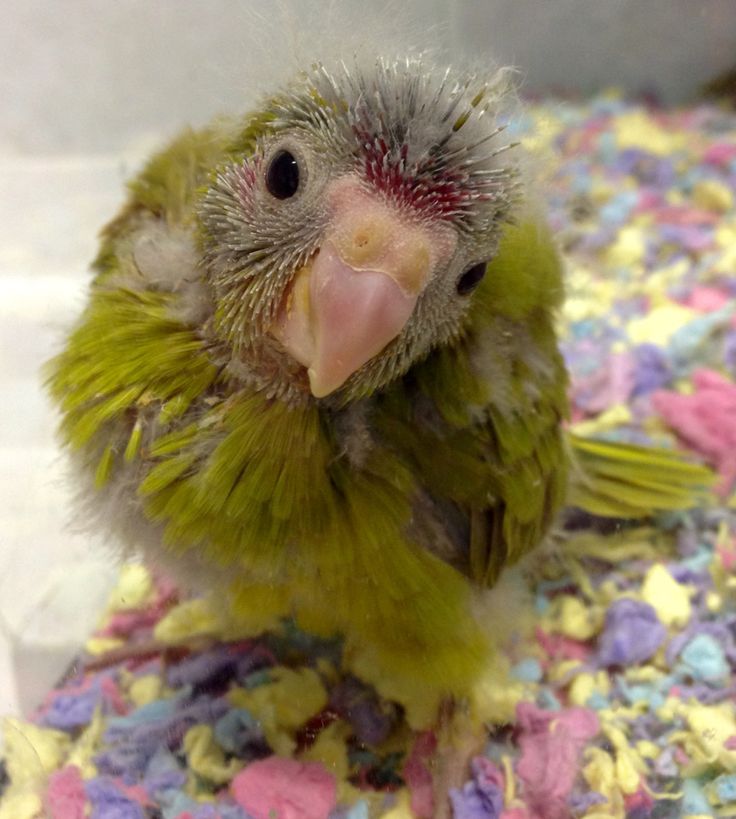 The parakeet chick will now resemble an unkempt miniature dinosaur, with a rather ugly mix of down and pin feathers, and a lot of the character and curiosity that will stay with them throughout their lives. At this point in their lives feeding won’t be such a challenge. Usually every four hours. The bird will happily receive your attentions throughout 16 hours on a long summer’s day, though.
The parakeet chick will now resemble an unkempt miniature dinosaur, with a rather ugly mix of down and pin feathers, and a lot of the character and curiosity that will stay with them throughout their lives. At this point in their lives feeding won’t be such a challenge. Usually every four hours. The bird will happily receive your attentions throughout 16 hours on a long summer’s day, though.
A five-week-old parakeet
Feeding a 5 Week Old Parakeet
At around 5 weeks old you can start putting food on the ground or in bowls, and letting the parakeet indulge in its natural instinct to forage. At around 6-7 weeks old the bird should be fully self-sufficient. You will still need to keep an eye on their feeding behavior, however, as not all parakeets become independent as swiftly as the average bird. Some hand feeding may still be in need at seven weeks old.
what and how to properly feed small, medium and large parrots
Proper nutrition of a parrot is the main requirement for home care, on which the health and life expectancy of a feathered pet depends.
In the article we will look at what to feed parrots, how to choose good food for parrots of different sizes, an overview of popular manufacturers, what can be given besides food.
What should be in the diet of parrots
Food for feeding a pet parrot should correspond to the needs of its body and the nutrition that an exotic bird receives in its natural habitat.
What should be in the diet:
1. The main part of the daily diet is cereal mixtures.
2. Germinated grain.
3. Leaves of useful plants, fresh herbs.
4. Vegetables, berries and fruits.
5. Branch feed.
6. Delicious treats and complementary treats. This category includes nuts and seeds.
7. Porridge from different cereals.
8. Drinking water.
Varieties of food
All substances necessary for the organism of parrots are contained in ready-made feeds produced by trusted manufacturers.
Types of food:
1.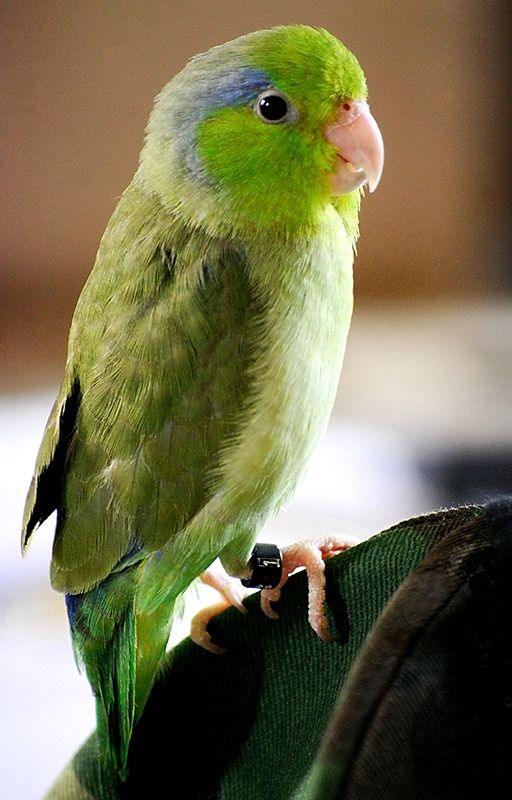 For small, medium and large parrots.
For small, medium and large parrots.
2. For adults and chicks.
3. For feeding during shedding season.
4. Specialized medicinal feed for weakened and sick birds.
5. One-component, multi-component grain mixtures.
6. Cereal mixtures with fruit and berry additives, nuts, seeds and other useful ingredients.
7. Natural dry food with a pure grain composition, with the addition of granules, granular mixtures.
Rating of the best food for parrots
It is difficult for an inexperienced owner to choose a good food for a parrot. Experienced breeders will help solve this issue, according to whose reviews a rating of the best feed mixtures for small, medium and large birds was compiled.
For small parrots
For parrots of small breeds, special grain mixtures with fine crushed additives are created. About 70% of the volume of the finished diet is peeled millet and oats. The remaining 30% is hemp, canary, flaxseed, oatmeal, crushed corn, sunflower seeds and other nutritional supplements.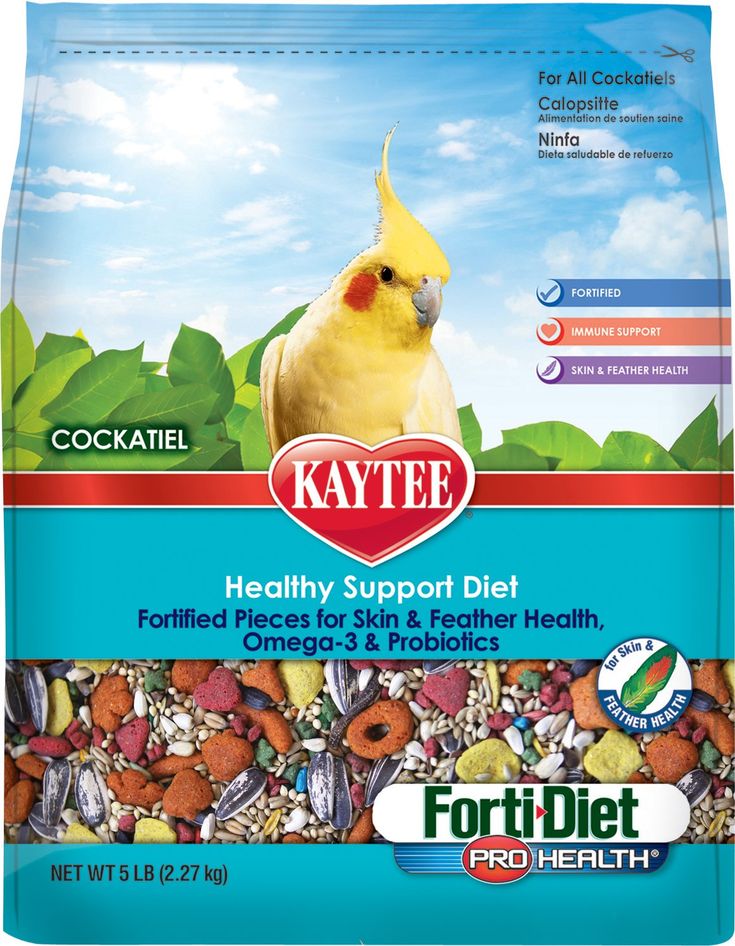 In the article "Overview of the best food for budgerigars" you can see the rating of the top 10 best ready-made mixtures for feeding feathered pets of small breeds.
In the article "Overview of the best food for budgerigars" you can see the rating of the top 10 best ready-made mixtures for feeding feathered pets of small breeds.
Medium
Cockatiels and other medium breed parrots are fed a high-energy multi-ingredient diet of 3 or more grains. The ready-made compositions also contain pieces of fruits, berries, vegetables, seeds, some plants and other nutritional ingredients that satisfy all the needs of the organism of birds of these breeds.
Top 10 Foods for Parrots:
1. Fiory Parrocchetti Africa is a premium grain blend with added natural granules containing beneficial trace elements and fatty acids. Provides a healthy condition and bright plumage.
2. "Vaka Lux" - a balanced composition at an acceptable cost for complete feeding of medium and small parrots, contains 7 useful vitamins and many trace elements.
3. VERSELE-LAGA PREMIUM AFRICAN PARAKEET is a feed mixture made from high quality raw materials.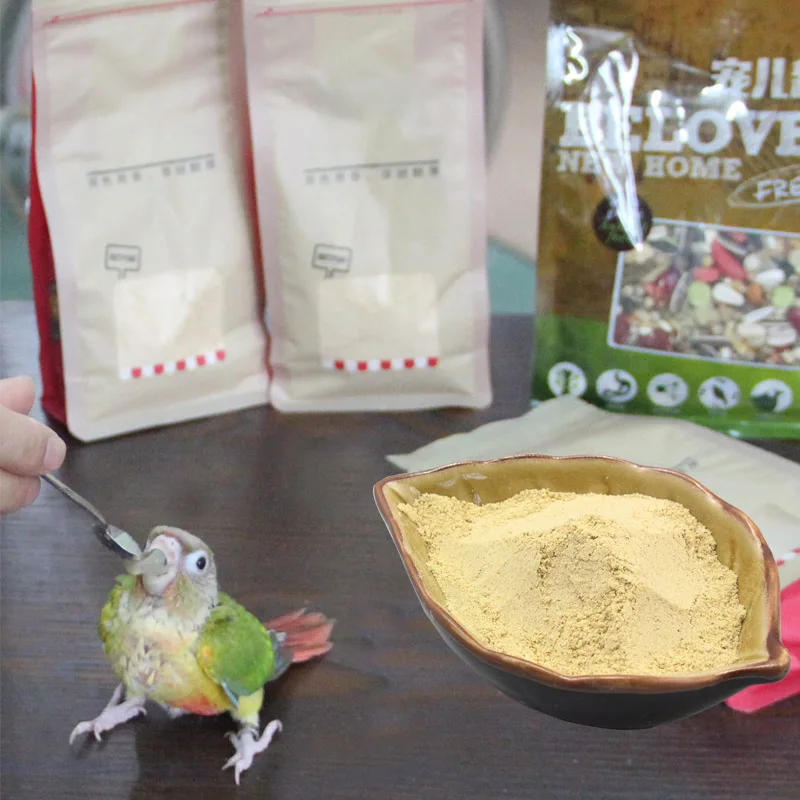 The composition includes all the seeds that parrots consume in their natural habitat.
The composition includes all the seeds that parrots consume in their natural habitat.
4. "Rio" for parrots of medium breeds - a balanced composition of ingredients, enriched with calcium and flax seeds, which are a natural source of healthy fatty acids.
5. Padovan Grandmix Parrocchetti - complete grain food with fruits, biscuit crumbs, vitamin and mineral supplements.
6. FIORY CLASSIC – food for daily feeding with cereals with sunflower, canary, hemp and buckwheat seeds.
7. "Merry Parrot" from "Zoomir" - a nutritional mixture of high-quality selected grains with a vitamin and mineral complex.
8. VITEN for Parrots is a complete food with safflower seeds and other beneficial ingredients. It is rich in iron and B vitamins.
9. "Native feed" - nutritious feed made from ecologically clean grains of the best varieties.
10. "Rio Gourmet" - crunchy food of large structure with fruit and berry additives, vegetables and nuts.
For large parrots
Large parrots need to choose food rich in vitamins, micro and macro elements. Grain mixtures are enriched with nuts and other useful additives - fruits, berries, vegetables. The top 10 feed mixes can be found in the feature article Best Foods for Large Parrots.
Grain mixtures are enriched with nuts and other useful additives - fruits, berries, vegetables. The top 10 feed mixes can be found in the feature article Best Foods for Large Parrots.
How to choose a good food for a parrot
When choosing food for a parrot, the owner needs to consider different criteria. First of all, the breed and age of the bird. As we have already said, manufacturers produce different feed formulations. There are special mixtures for chicks and adults, for small, medium and large breeds. These are the first parameters for choosing food for an exotic feathered pet.
Other selection criteria:
1. The composition is natural, balanced, without harmful additives and dyes.
2. Feed assignment. For daily feeding, complete feeds are purchased. It is advisable to choose a product with a multicomponent composition of ingredients, they are most useful for birds. As a top dressing, you can choose food from the category "additional food", as well as delicious treats that are served to birds as a treat.
3. It is better to give preference to foods from trusted manufacturers, whose products have many positive reviews from experienced breeders of exotic birds.
4. Packing volume. The larger it is, the more profitable the cost of the product.
5. Expiry date. Do not feed the feathered inhabitant with an expired mixture.
How much food should be given per day
The average daily allowance for parrots of small breeds is 20-25 g of grain mixture, medium - 30-35 g, large - 40-50 g. Exotic birds have a very fast metabolism, so food and water should always be freely available. The feeder should be filled daily, in the morning. Throughout the day, the parrot will eat this food, and uneaten leftovers should be discarded and replaced with a new portion.
In addition to food, during the day you can give your parrot vegetables, fruits, berries, herbs and other healthy foods, but without fanaticism. It is impossible to overfeed the birds, this will lead to obesity and various health problems.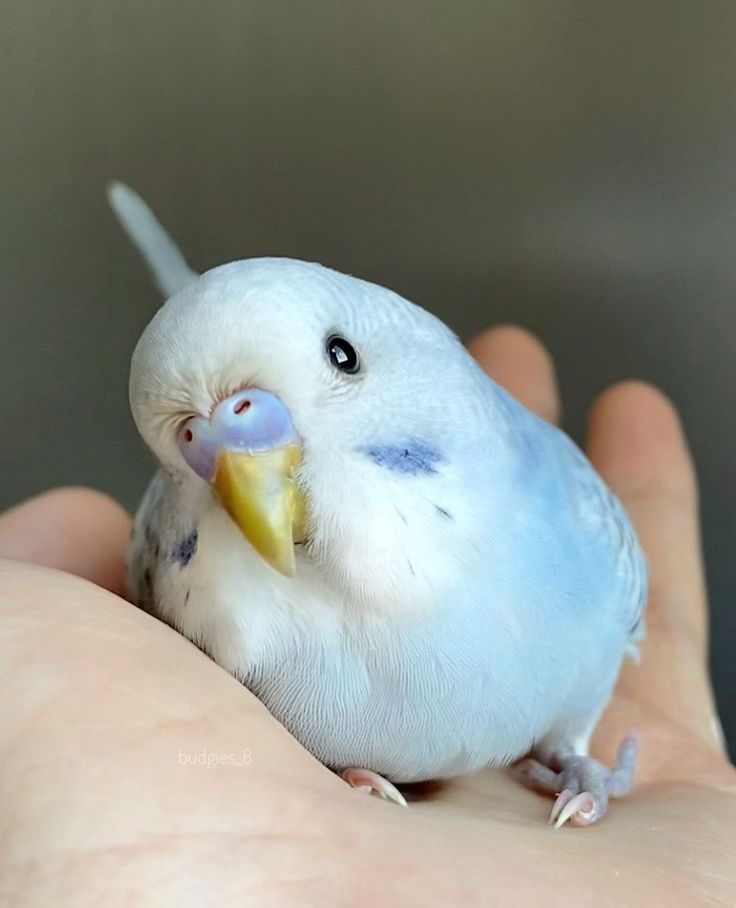 Natural products should not be left in the cage for a long time, as they can quickly deteriorate.
Natural products should not be left in the cage for a long time, as they can quickly deteriorate.
What can you feed a parrot, other than food
Earlier we mentioned what you can feed parrots at home. We list the permitted and prohibited products for feathered pets.
How to feed parrots:
1. Useful berries and fruits: peach, plum, pineapple, apple, kiwi, cherry, cranberry, watermelon, pear, apricot, lemon, tangerine, fig, banana.
2. Vegetables: tomato, zucchini, pumpkin, cucumber, carrot, sweet bell pepper, radish, beetroot, Chinese cabbage, broccoli.
3. Fresh herbs: lettuce, celery, green oat grass, dandelion, nettle.
4. Branch fodder: maple, linden, birch, apple tree, aspen, mountain ash, raspberry, currant, cherry, alder, willow, ash, elder, hawthorn.
5. Porridges from various cereals boiled in water without salt and sugar.
6. Fresh hard-boiled chicken egg.
7. Dry fat-free cottage cheese, liquid fermented milk products.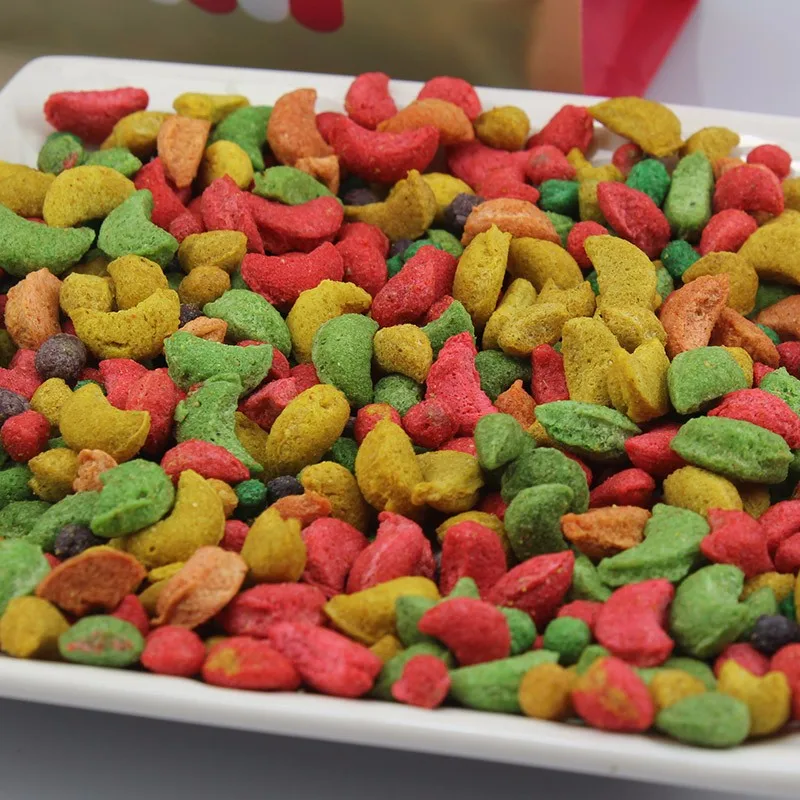
What foods should not be given to parrots :
• potatoes;
• white cabbage;
• onion, garlic; • cilantro, sorrel;
• persimmon, avocado, mango, papaya.
In moderation, parrots are fed with grapes, melon, pomegranate, spinach, dill and parsley.
Where to buy high-quality food for parrots
The largest Russian network of pet stores "Le'Murrr" offers a large selection of high-quality food mixtures for parrots of small, medium and large breeds. You can buy food online by filling out an application on the website. The catalog contains grain mixtures from trusted manufacturers.
Assortment:
• complete and supplementary food for parrots of different breeds;
• healthy treats for birds;
• feed enriched with healthy fats for parrots during the moulting period;
• egg food;
• fruit and berry sticks;
• Biscuits.
Fast application processing. Sending orders to the point of issue and to the address by courier service (in St. Petersburg and the Leningrad region).
Petersburg and the Leningrad region).
Food composition for parrots and canaries
Bird feeding
August 26, 2016
34065
Ready complete bird food is not only convenient (because you do not have to spend time preparing dinner for your pet), but also very useful. The composition of good feed includes all the necessary elements for a healthy and happy life of birds, which also have a positive effect on the quality of plumage and make the coloring brighter. In our article, we will talk about the main components on which diets for birds are based, and about the beneficial effects on the body of each of them.
At a first glance at the composition of complete feeds, one can note the variety of components included in it. This is due to the natural needs of birds, because in nature they constantly move from place to place and eat a variety of foods. In order to fully satisfy this need in home conditions, balanced feeds have been developed.
The basis of the bird's diet is always cereals, and good balanced feeds include 8 or more different types of seeds. As a rule, about 70% of them are vital for the bird, and the other 30% are healthy treats that contribute to the health of the pet and increase the palatability of the feed.
Standard seed set:
-
Oats are a real storehouse of useful elements. It improves digestion, cleanses the blood, promotes the proper functioning of the liver, strengthens the nervous system and the body as a whole, and provides an anti-inflammatory effect. Birds are very fond of oats, but in excessive amounts it can cause weight gain. This problem is eliminated thanks to balanced diets, because. the content of oats in them is strictly limited.
-
Millet (yellow, white, red, common) - seeds with a delicate taste, the richest source of protein. In terms of protein content, millet is superior to rice, corn, pearl barley and buckwheat, in addition, birds eat it much better.
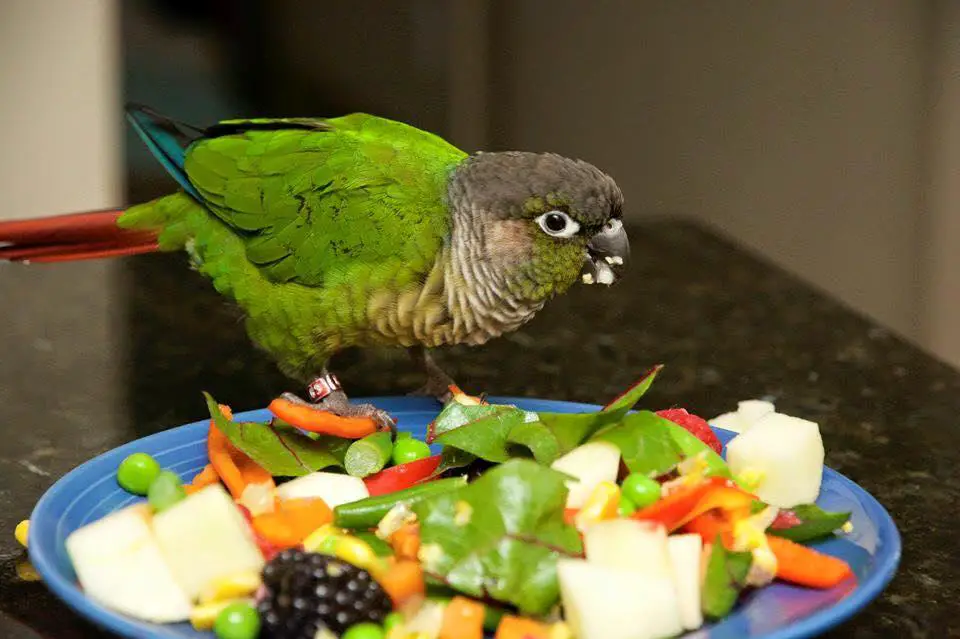 Millet supports the proper functioning of the cardiovascular, digestive and other systems, removes toxins, strengthens the immune system and keeps the body in good shape, and also promotes rapid recovery after illnesses.
Millet supports the proper functioning of the cardiovascular, digestive and other systems, removes toxins, strengthens the immune system and keeps the body in good shape, and also promotes rapid recovery after illnesses. -
Flax seeds are enriched with omega-3 fatty acids, which not only promote proper digestion, but also participate in the formation of bird plumage, making it even healthier and more beautiful.
-
Canary - useful for absolutely all types of birds. It contains a large amount of vitamins and minerals involved in the formation and proper functioning of all body systems.
-
Abyssinian nougat (niger) is one of the main sources of amino acids - the primary sources of life that promote protein absorption.
-
Hemp seed is a source of high quality proteins that stimulates the reproduction process in young birds.
As treats that increase the palatability of the feed, the following are most often used:
-
Anise seeds are a source of minerals.

-
Sweet dill is a natural source of vitamins and esters, which also improves digestion and prevents gas formation.
-
Safflower, useful for indigestion and constipation, as well as improving color.
-
Perilla, which strengthens the immune system and stimulates fertility, etc.
Of course, these are not all the components found in the feed, but some of the main ones.
Do not forget that in addition to balanced feeds, fruits, vegetables and herbs must be included in the bird's diet. However, this is by no means the main, but an additional food, which is offered in limited quantities, rather, as a treat. You can use both fresh products and ready-made treats for birds (from apples, kiwi, coconuts, oranges, etc.). In the first case, there is a risk of making a mistake with the choice of food and offering the bird inappropriate vegetables and fruits, which will have unpleasant consequences.

